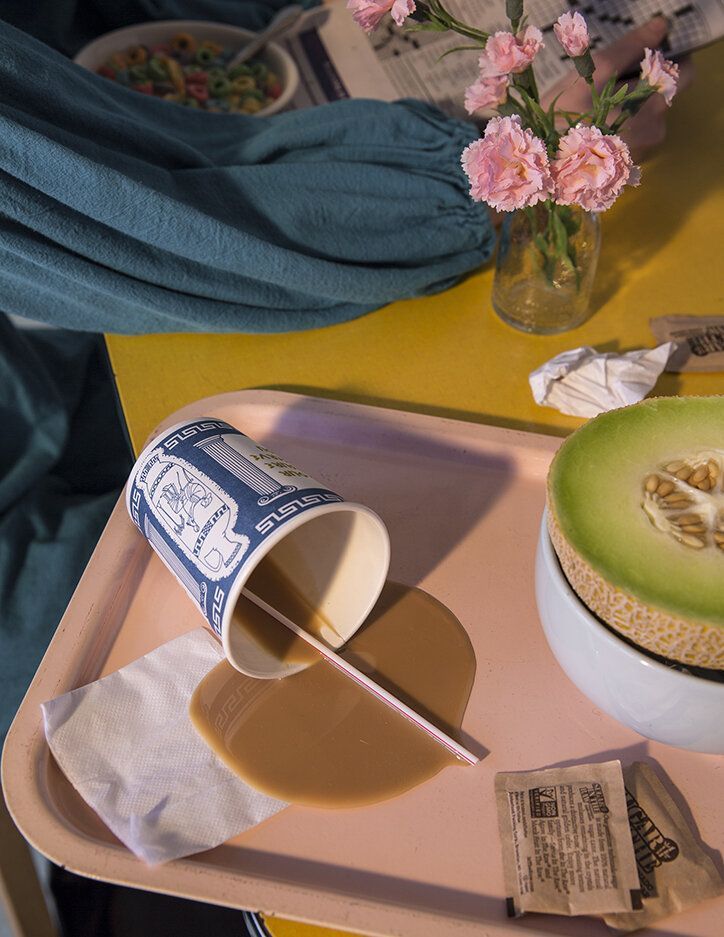
Modern Still Life: Evolving Art and Design
Still life art has a long-standing tradition, dating back to the ancient Egyptians and Greeks. The genre has seen numerous evolutions over the centuries, and in the modern era, it has been reimagined through photography and design. Modern still life takes inspiration from the traditional art movement but adds a contemporary spin through the use of modern styling and food imagery.
Modern Photography in Still Life
With the advancement of technology, modern photography has played a significant role in reshaping the still life genre. Photographers use high-resolution cameras, intricate lighting setups, and digital editing to capture stunning still life images. The use of vibrant colors, unique angles, and creative compositions adds a modern touch to traditional still life subjects.
Styling in Modern Still Life
Modern styling in still life photography involves a fresh take on arranging objects and creating visually appealing compositions. Designers and stylists carefully curate the elements in the frame, experimenting with textures, shapes, and patterns to create a dynamic visual narrative. The result is a contemporary interpretation of the classic still life setup.
Food Imagery in Modern Still Life
Food imagery plays a pivotal role in modern still life, as it adds a sense of vitality and sensory appeal to the compositions. Modern food styling techniques focus on showcasing the beauty of ingredients and dishes, often blurring the lines between food photography and still life art. The use of fresh produce, intricate plating, and culinary props creates a compelling visual experience.
The Blending of Art and Design
Modern still life seamlessly blends art and design, as photographers and stylists draw inspiration from both disciplines. The fusion of creative expression and aesthetic sensibility results in visually striking images that bridge the gap between art and commercial photography. This approach has led to the rise of modern still life as a popular genre in the contemporary art and design world.
The Influence of Still Life Art Movement
The modern still life art movement is deeply rooted in the rich history of the traditional genre. Artists and photographers pay homage to the legacy of still life by incorporating elements of symbolism, allegory, and visual storytelling into their work. This acknowledgment of the past while embracing contemporary techniques creates a sense of continuity within the modern still life genre.
Summary
- Modern still life art and design draw inspiration from the traditional genre but add a contemporary spin through the use of modern photography, styling, and food imagery.
- Modern photography utilizes advanced technology and creative techniques to capture stunning still life images with vibrant colors and unique compositions.
- Styling in modern still life involves a fresh take on arranging objects and creating visually appealing compositions through the use of textures, shapes, and patterns.
- Food imagery adds a sense of vitality and sensory appeal to modern still life compositions, blurring the lines between food photography and traditional art.
- Modern still life seamlessly blends art and design, resulting in visually striking images that bridge the gap between art and commercial photography.
- The influence of the still life art movement is evident in modern still life, as artists pay homage to the legacy of the traditional genre while embracing contemporary techniques.
Modern still life art and design continue to evolve, offering a contemporary perspective on the timeless genre. Through the use of modern photography, styling, and food imagery, the genre remains a vibrant and relevant form of artistic expression in the modern era.
You can review our digital products by following us on Etsy.



